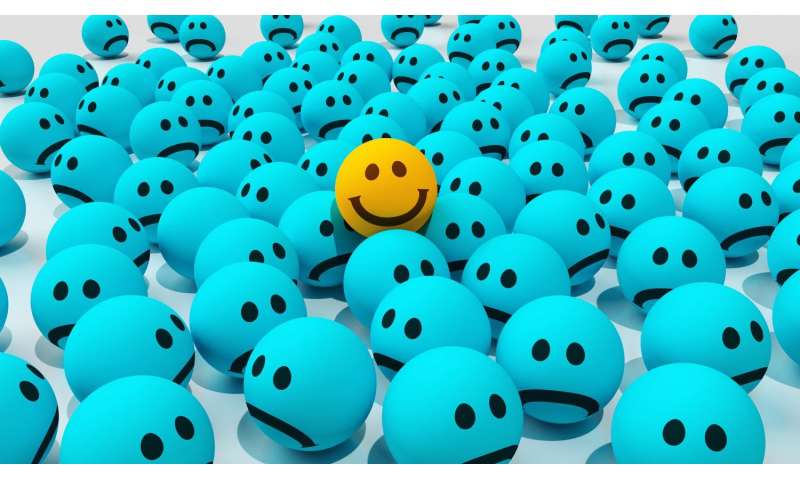
As millions across the U.S. prepare to return to work—and maybe, a level of normalcy—the phrase, “We’re all in this together,” heard constantly in the media, turns out to be both true and untrue. Yes, the pandemic is a global experience. But it’s also very much an individual enterprise.
Your race, age, socioeconomic status, where you live and whether or not children are in the house all have a dramatic impact on how you’re responding to the pandemic. For many, aside from the isolation, life has changed little. But others have lost family, friends, a paycheck or a business. For some of them, any sense of security has vanished.
Much has been written about the need for personal protective equipment, or PPE. But now, as we face reentry, it’s time to develop our EPE—emotional protective equipment. And there’s no better time than May—when the National Alliance on Mental Illness observes Mental Health Awareness Month – to begin the conversation.
As health and medical educators at Michigan State University, we research, counsel and teach about wellness, resiliency and support, particularly for vulnerable populations. After a tragedy, whether natural or man-made, we know that an increase in stress, anxiety, depression, substance use or post-traumatic stress disorder often follows. But there are things individuals can do to help themselves, and things organizations can do to help others. Let’s look at a few of them.
Individual skills
We can practice skills rooted in stress management, mindfulness and self-compassion. First, we must recognize the current circumstances are legitimately stressful. Exercising, eating right, regulating sleep and keeping a routine as best you can will strengthen your body and mind to manage these very real stressors.
Next, we must practice self-kindness. If you’re an adult, you’ve already dealt with uncertainty and survived. Perhaps you’ve even thrived. Thinking “I can’t cope” and “This is too much for me” not only makes you feel worse; the thoughts are usually incorrect. Instead, research suggests that talking to yourself—the way a friend would talk to you, with accurate and helpful phrases—reduces anxiety. Say to yourself: “I’ve been through scary and uncertain things in the past and made it through.” Or “These past few weeks and months have been filled with uncertainty, but I’m still surviving.”
Another strategy that works: Find distance between yourself and your thoughts, the essence of mindfulness. For example: When experiencing an anxious thought, notice it, name it, then release it. You don’t need to “buy in” to the thought; instead, stay focused on the present moment.
Granted, it’s easy to get pulled into worrying about the future, or for that matter, dwelling on the past, particularly while bombarded by anxious thoughts or negative news. Truth is, no one knows what’s going to happen over the next few months. Staying in the present helps you detach from depressing or anxiety-provoking thoughts. In turn, you’ll feel a greater sense of control over the here and now.
Finally, be mindful of the quality and quantity of information you take in. In uncertain times, we try to calm our fears by gathering as much information as we can. But research has found the more media we consume, the higher the toll on our mental health. Be aware of what’s going on, of course—but don’t let yourself lose hours every day to news or social media.
Interpersonal and institutional skills
Organizations can use well-known principles to help employees and clients heal. First, they have to be physically safe. If you’re an employer, follow guidelines to protect them from COVID-19 as they return to work. And tell them what precautions you’re taking.
Make sure employees are psychologically safe. Listen to the people who work for you. Don’t dismiss their thoughts, concerns, feelings or experiences; ask them what they need. You may not be able to do everything they ask, but do what you can. Be trustworthy, transparent and do what you say you’re going to do.
Foster collaboration, mutuality, empowerment, voice and choice. Some decisions, like following safety procedures, are not optional. But provide choices whenever possible and give a voice to everyone. Recognize, particularly during reentry, that not everyone will be “back to normal” at the same time. By sharing decision-making with your employees, an organization can empower its workforce and promote a safe and collaborative environment, even during a pandemic.
Finally, acknowledge cultural, historical and gender issues. Crises such as this are typically hardest on groups already marginalized. Real voice, influence, power and equity for minorities and women are especially critical right now.
Source: Read Full Article
